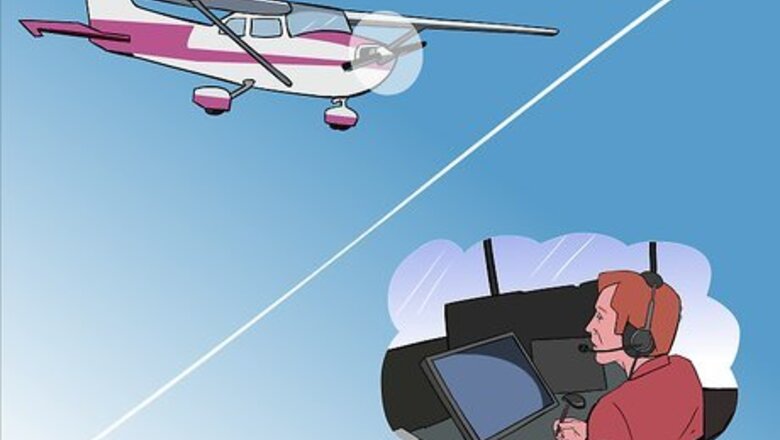
views
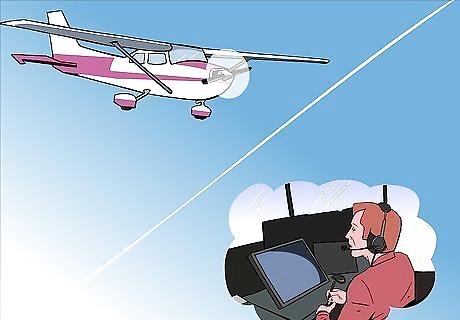
Get the ATIS (Automatic Terminal Information Service) and tell the control tower what happened (if it's an emergency) 10 miles (16 km) out from entry into the airspace. ATIS will give you a code such as "Information alpha" to give to tower. Contact the control tower or approach control for that airport, and state the following: "tower/approach name, aircraft tail number, location, altitude, Landing with information whatever "ATIS" code you received above." The tower will give you instructions. This guide assumes they instructed you to take left (or right) traffic for Runway X and to report on 45 (45 degree downwind entry to runway being used). (This is a rough guideline, it's missing some specific information that tower sometimes asks for)
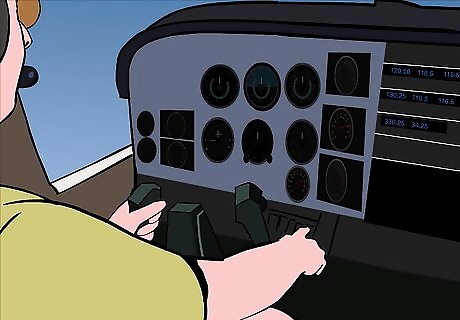
Do your pre-landing check with your checklist. Brakes checked, undercarriage down & locked, Mixture fully rich, Fuel selector on both, Flaps as required, (Propeller pitch fixed), Suction indicating, Oil Temps. and Press. (Ts&Ps) in green, Master on, Mags on both, (Carb. heat to HOT if RPM is below 1500RPM) Hatches & Harness' locked and latched, Landing lights on. PLANE CLEAR TO LAND.
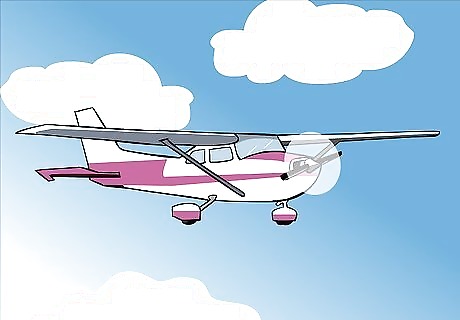
Apply Carb. Heat and make your descent to where you reach pattern altitude for that airport by the time you reach the 45° entry leg. You can be a little higher on the 45. Let's assume the pattern altitude is 1,200 feet (365.8 m) MSL. Try to descend at 500 feet (150 m) per minute. That will be easier on your ear drums.
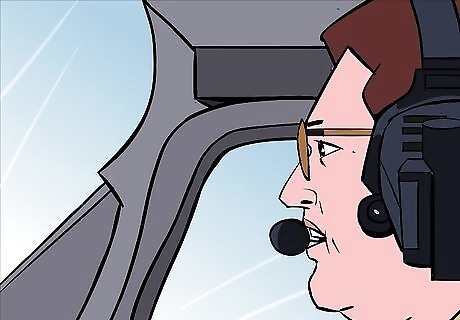
Reach the 45 and tell the tower how many miles you are out on the 45 and your altitude. The tower might clear you to land or will acknowledge.
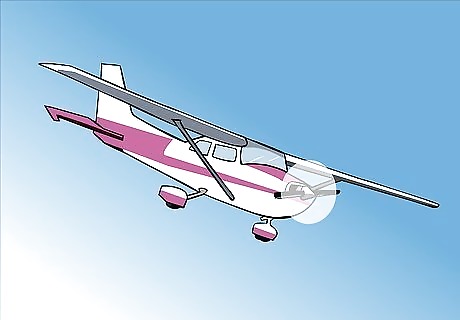
When you reach ⁄4 mile (0.4 km) from the runway, turn downwind. By now the tower should have cleared you to land. You should have slowed the plane to 80 to 85 knots and powered the engine to around 2000 rpms.
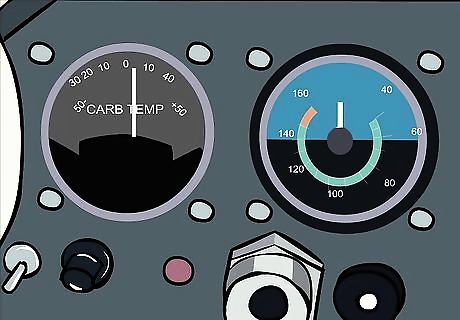
When you are abeam the downwind runway numbers, turn on your carburetor heat on, and power back to 1500 rpm. Hold the nose level until the airspeed drops into the white arc, then extend 10 degrees of flaps. Pitch for 75 knots using outside visual reference, then confirm with the airspeed indicator. Make sure you coordinate your turns with the rudder pedals. Be especially careful not to use excessive inside rudder however: skid + stall = spin!
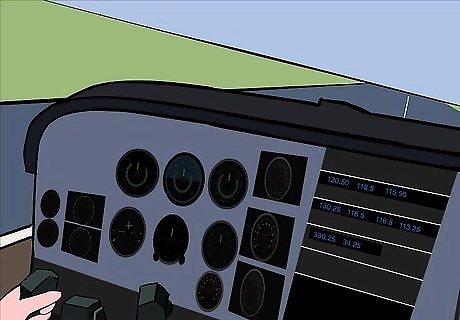
When the threshold of the runway is 45° behind you, turn left base, and apply another 10 degrees of flaps. This should bring your airspeed down to 70 knots. Do not add flaps while in the turn; only after turn is complete. You are now perpendicular to the runway. Be especially careful not to overshoot your final turn at an airport with parallel runways, because the parallel runway might have landing traffic.
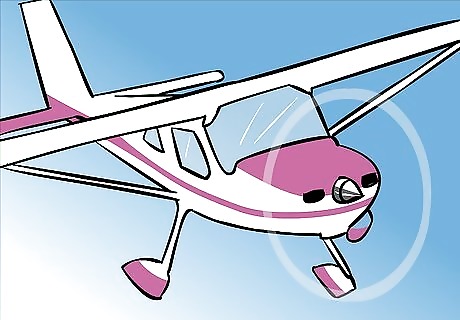
Turn Final. When the field is made (you would reach it even if the engine were to quit), extend the next 10 degrees of flaps (again, after the turn is complete). The spot on the ground where you will land will appear stationary. Use pitch to maintain approach speed (usually 60-70KIAS). Use power to control altitude. Be careful to keep airspeed above 60KIAS, but do not fixate on the airspeed indicator. Use the ailerons to correct for any crosswind and the rudder pedals to keep the plane aligned with the runway center-line.
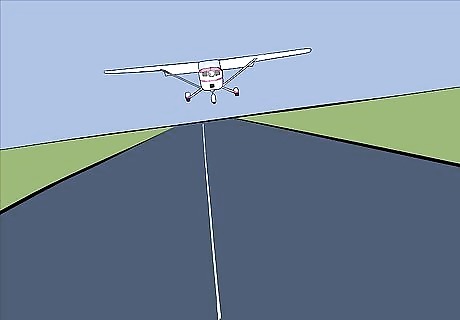
When you are a few feet off the ground, gently power back and level off. Keeping level will require increasing amounts of back pressure on the yoke, and (increasing amounts of aileron in a crosswind). After touchdown keep the yoke pulled all the way back and to whichever side is needed for crosswind. Only apply the brakes if necessary (for field length or to avoid holding up other landing traffic). Continue on the runway centerline until you reach taxi speed (a fast walking pace), then turn off at the nearest taxiway and do not stop until you have passed the hold short line.
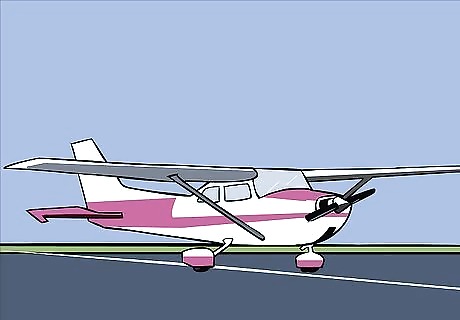
Complete your post landing checks, then call tower if they have not called you already.


















Comments
0 comment